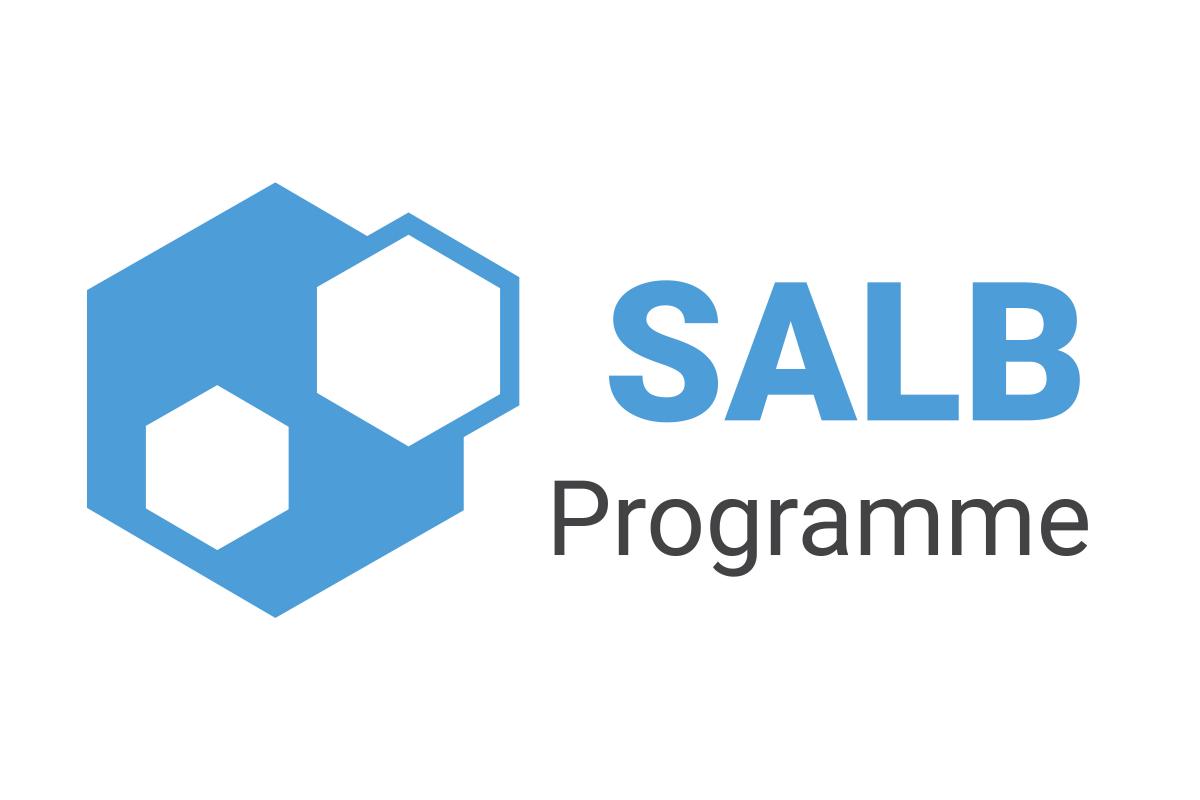Programmes & Partnerships
Mapping for a Sustainable World
 The United Nations and the International Cartographic Association (ICA) have a long-standing partnership in building awareness on the role of professions in cartography and geospatial information science and the use of maps for decision-making and raising awareness on global agendas.
The United Nations and the International Cartographic Association (ICA) have a long-standing partnership in building awareness on the role of professions in cartography and geospatial information science and the use of maps for decision-making and raising awareness on global agendas.
On 24 January 2021, to celebrate the International Day of Education and to contribute to free and accessible education towards achieving the Sustainable Development Goals, the United Nations and the International Cartographic Association released a joint publication entitled Mapping for a Sustainable World (web version) (print version). The publication aims to share best practices, conventions, and explaining how different mapping techniques reveal spatio-temporal patterns, such as global population growth, socioeconomic disparities, and climate change, to understanding challenges and achievements towards the Sustainable Development Goals. By integrating geospatial and statistical data of the Global Sustainable Development Goals (SDGs) Indicator Database, cartography can support decision-making and promote public awareness on the Sustainable Goals. The publication introduces the SDGs and their relation to data, describes foundational design decisions in cartography, introduces common map types and diagrams for representing the SDG indicators and discusses consideration for map use environments. On 13 July 2021, a joint webinar was organised to share the editors' journey in the creation, the content and the use of the book, as well as sharing their experiences.
Previously, for the International Map Year (2015-2016), the International Cartographic Association invited the United Nations to contribute to their publication of The World of Maps on a chapter on Map use at the United Nations.
SALB programme
 The Second Administrative Level Boundaries (SALB) programme goal is to avail publicly authoritative information on administrative units and names globally.
The Second Administrative Level Boundaries (SALB) programme goal is to avail publicly authoritative information on administrative units and names globally.
The Second Administrative Level Boundaries (SALB) programme aims at a working platform for the collection, compilation and management of a homogeneous global repository on administrative boundaries and their names from authoritative source such as the National Geospatial Information Authorities.
The programme specifically maintains a list of National offices focal points, compiles geospatial dataset collected through National offices and provides, when possible, historical tables overview of changes of national administrative units and names.
Further information available on the SALB programme website.
UN mappers
 Make the difference, help the United Nations, become a UN mapper ! The programme aims to overcome the problems of lack of data where the United Nations operate. The goal is to deliver accurate and up-to-date geospatial information through existing Open Street Map.
Make the difference, help the United Nations, become a UN mapper ! The programme aims to overcome the problems of lack of data where the United Nations operate. The goal is to deliver accurate and up-to-date geospatial information through existing Open Street Map.
To become a UN Mapper you can join our local events or participate remotely by mapping in the tasks released on the HOT Tasking Manager. Follow UN Mappers on Twitter to stay updated.
UN Open GIS Initiative
 UN Open GIS Initiative, established in 2016, aims to identify and develop an Open Source geospatial bundle that meets the requirements of United Nations mandates and operations, taking full advantage of the expertise of partners: Member States, International Organizations, Academia, Non-Governmental Organizations and the Private sector.
UN Open GIS Initiative, established in 2016, aims to identify and develop an Open Source geospatial bundle that meets the requirements of United Nations mandates and operations, taking full advantage of the expertise of partners: Member States, International Organizations, Academia, Non-Governmental Organizations and the Private sector.
It provides a unique opportunity to address mainstream Open geospatial technology and data requirements for the United Nations, International Organizations, NGOs and Humanitarian Community and for Member States in particular for developing countries.
Current developments are focused in developing a Hybrid GIS architecture and infrastructure to integrate open source and proprietary geospatial platforms to support effectively and efficiently United Nations operations.
Further information available on the UN Open GIS Initiative website.

